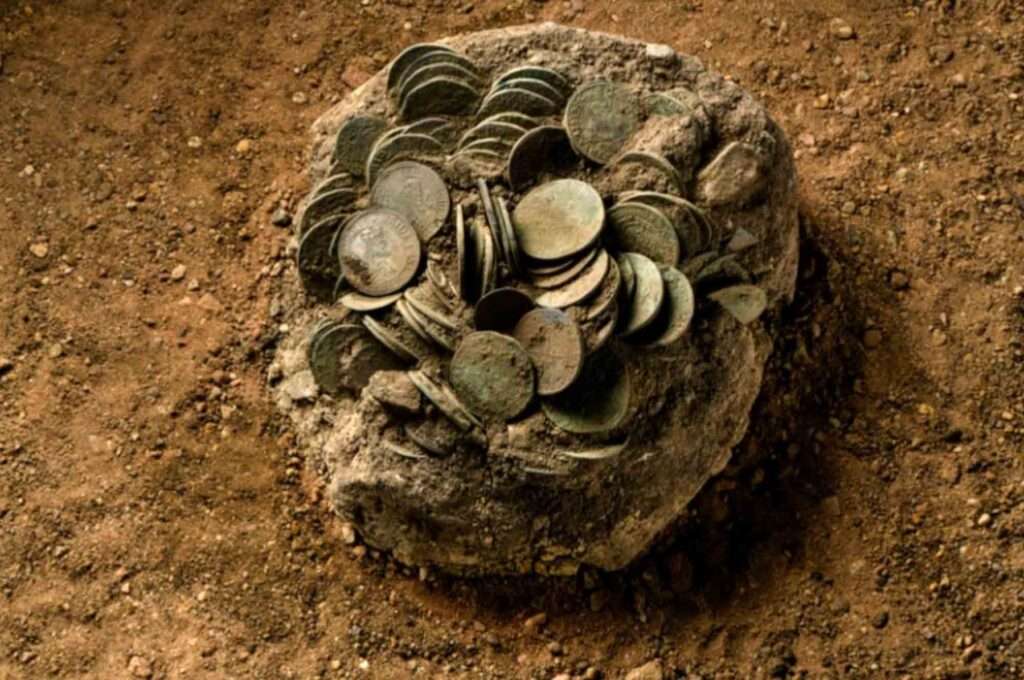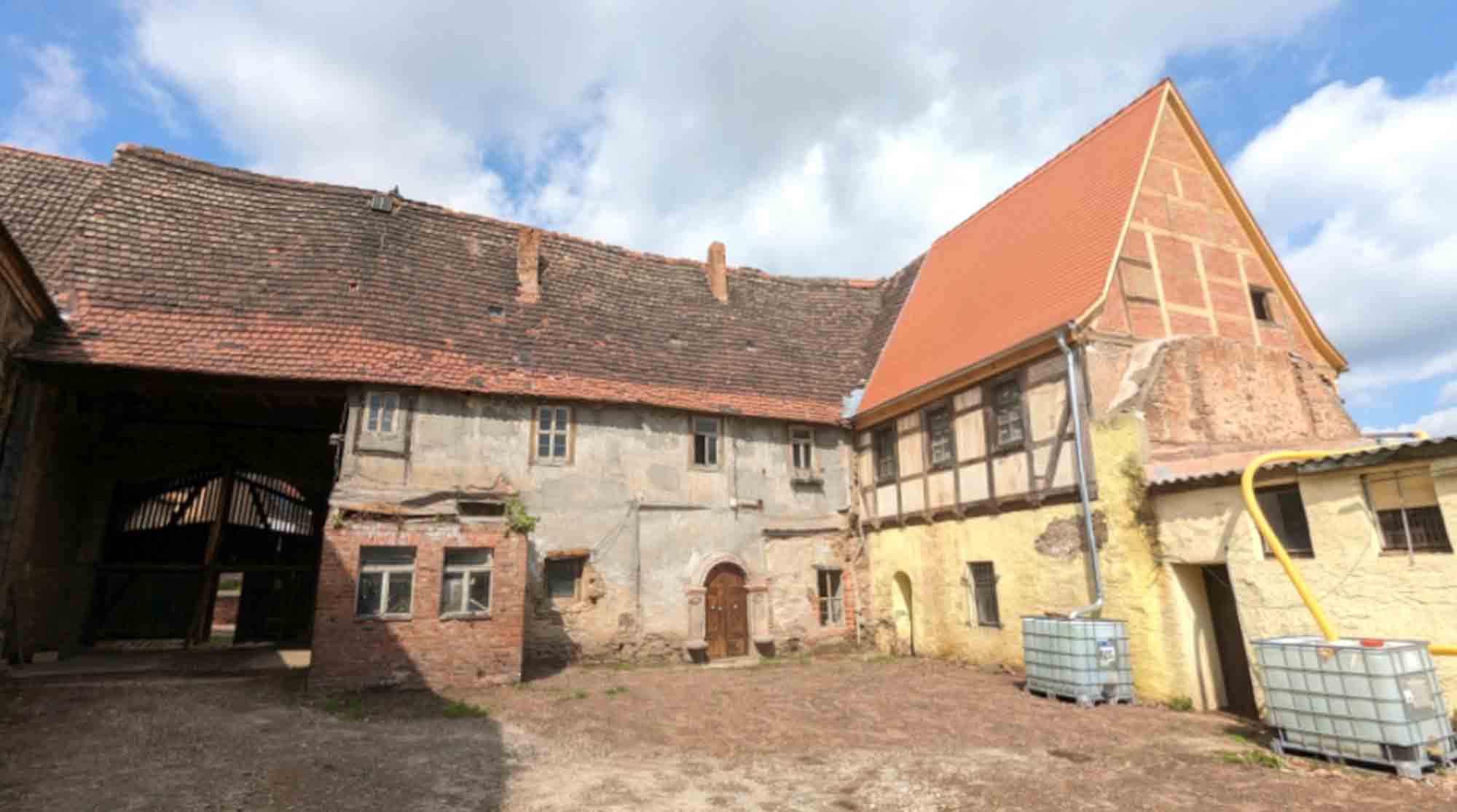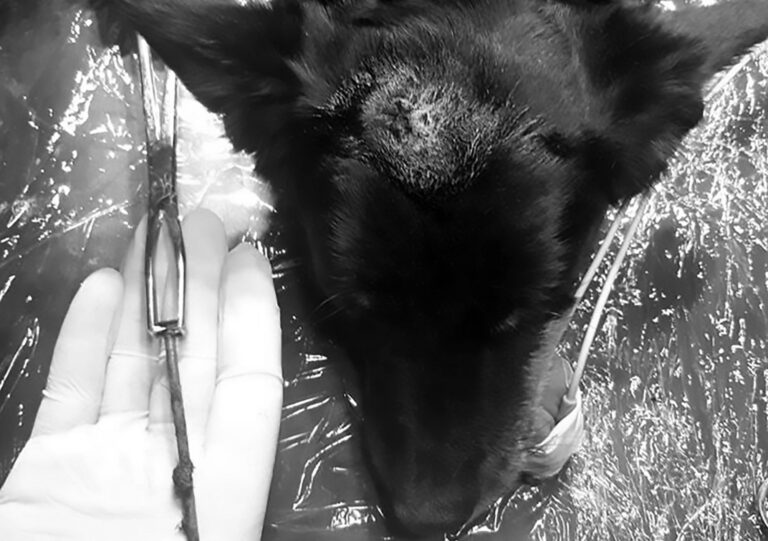Astonished builders have unearthed a massive haul of silver coins dating back up to 500 years as they dug up a new sewer at a historic farmhouse.
The hoard of 285 coins was found under a gatepost at a medieval farmhouse in Wettin, in the German state of Saxony-Anhalt, as restorers preserving the building were installing a new drain.
Experts believe they were buried at the end of the Thirty Years’ War in 1648 by wealthy merchant and local mayor Johann Dondorf who then owned the property.
Most of the hoard is made up of local Saxon coins but others come from the Netherlands, Austria, Switzerland, Hamburg, Nuremberg, Metz in what is now France, and Tuscany, in what is now Italy.
The oldest coin was minted in 1499 and the most recent dates back to 1652.

The coins, found last year, are now on show in the State Museum after months of painstaking preservation.
Museum expert Matthias Becker explained: “Probably the coins had been kept in a bag which has decomposed over time.
“The find, consisting of coins with a high silver content, certainly had a considerable value at the time.”
A statement from the State Office for Monument Preservation and Archaeology (LDA) obtained by Newsflash on 29th May said: “During construction work in the courtyard of the property last year, a large hoard of coins hidden in the 17th century was discovered and expertly recovered by the State Office for Monument Preservation and Archaeology (LDA) of Saxony-Anhalt.
“Examination of the find revealed evidence of extremely wide-ranging trade connections; the study of preserved files even revealed the name of the possible owner.”
They added: ” The elongated, two-story building with an impressive facade facing the street was built in the second half of the 16th or early 17th century.
“The owners were well-off members of the Wettin citizenry, as evidenced by a small, possibly relocated seating niche portal that was probably built around 1550.
“The history of the house, or rather that of its owners, can be traced back to the time of the end of the Thirty Years’ War via written sources.

“From 1681, the house housed what is probably the oldest pharmacy in the city. Traces of this use can still be found today, for example in the form of a baroque stucco ceiling from the 18th century and a pharmacy vault.
“In view of several documented city fires, it is one of the oldest surviving secular buildings in Wettin and, therefore, a building of considerable historical importance for the city.”
To find out more about the author, editor or agency that supplied this story – please click below.
Story By: Joseph Golder, Sub-Editor: Joseph Golder, Agency: Newsflash
The Ananova page is created by and dedicated to professional, independent freelance journalists. It is a place for us to showcase our work. When our news is sold to our media partners, we will include the link here.




